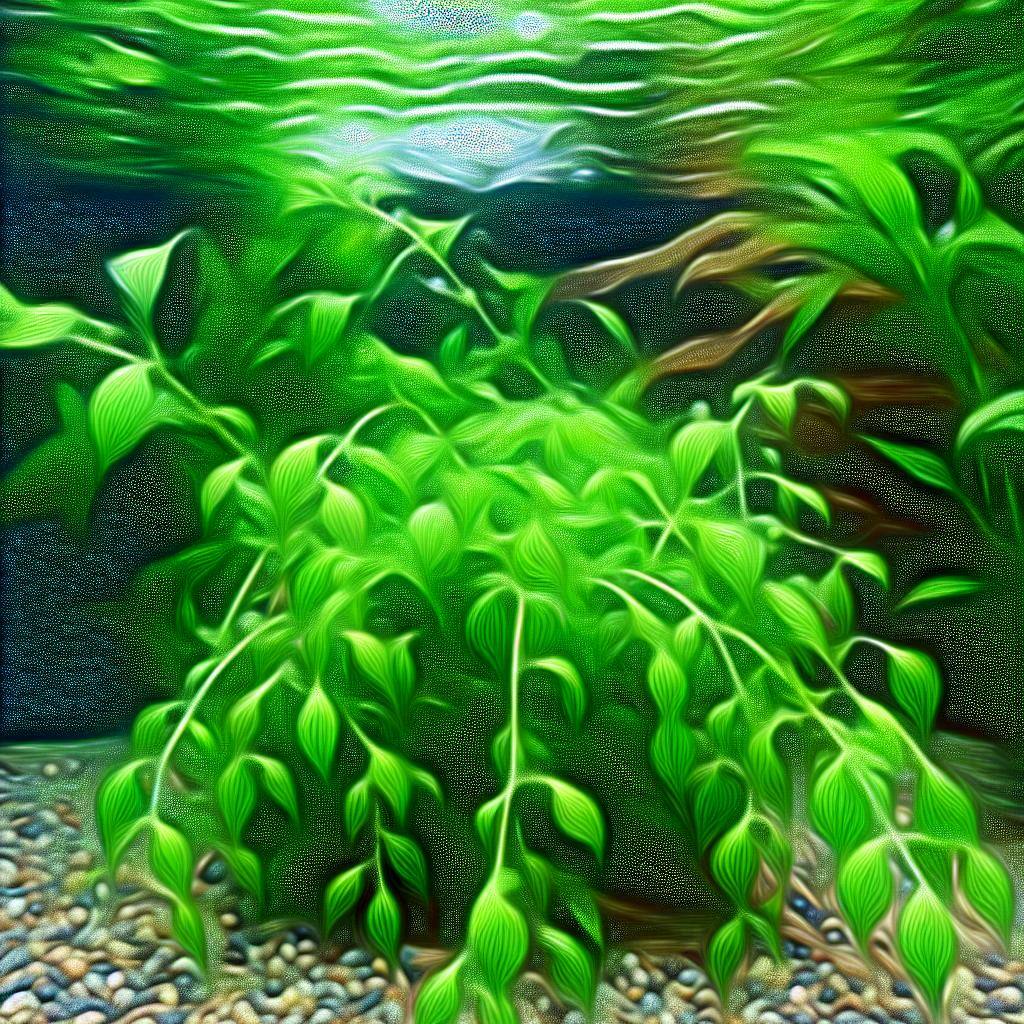
Creating a vibrant, healthy aquarium involves more than just adding water and fish. Careful planning and thoughtful stocking are essential for a balanced and thriving aquatic environment. Here's a comprehensive guide to help you get started.
Understanding Your Aquarium
Tank Size Matters: Before selecting any fish or plants, consider the size of your tank. Smaller tanks (under 20 gallons) require more meticulous care as they can quickly become overstocked, leading to poor water quality and stressed fish. Larger tanks (over 30 gallons) offer more stability and room for diverse species.
Water Parameters: Understanding the water conditions your chosen species require is crucial. Factors like pH, temperature, hardness, and salinity must be compatible with all inhabitants. Research the ideal conditions for each species to ensure a harmonious environment.
Selecting Fish and Plants
Community Fish: For a peaceful aquarium, select species known for their calm demeanor. Tetras, guppies, and mollies are popular choices. Always check their adult size and social needs. Some fish, like bettas, prefer solitude, while others, like neon tetras, thrive in schools.
Bottom Dwellers: Including bottom-dwelling fish like catfish or loaches helps maintain tank cleanliness by consuming leftover food and algae. These species add diversity to your aquarium and occupy different tank levels, reducing territorial disputes.
Plants: Live plants not only enhance the visual appeal but also improve water quality by absorbing nitrates and providing oxygen. Easy-to-care-for plants like Java fern, Anubias, and Amazon swords are excellent for beginners. Floating plants, such as duckweed or water lettuce, offer shade and surface cover for shy fish.
Stocking Ratios
The Inch-Per-Gallon Rule: A common guideline is one inch of fish per gallon of water. However, this rule has limitations and should be used with caution. Consider the adult size of the fish, their behavior, and the tank's filtration capacity.
Avoid Overstocking: Overstocking leads to poor water quality, increased stress, and disease. Aim for a balanced mix of fish and plants, allowing adequate space for each species to grow and thrive.
Acclimating New Fish
Quarantine First: Before introducing new fish to your main tank, quarantine them in a separate tank for at least two weeks. This practice helps prevent the spread of diseases and parasites.
Slow Introduction: Gradually acclimate new fish to your tank's water conditions. Float the sealed bag in the aquarium for 15-20 minutes to equalize temperatures, then slowly mix tank water into the bag over another 15-20 minutes. Release the fish gently into the tank.
Ongoing Maintenance
Regular Water Changes: Perform weekly water changes of 10-20% to maintain water quality. Use a gravel vacuum to remove debris and uneaten food from the substrate.
Monitor Parameters: Regularly test water parameters to ensure they remain within the ideal range for your fish and plants. Adjustments may be needed based on test results.
Observe Behavior: Keep an eye on your fish for any signs of stress or illness. Early detection of issues can prevent more significant problems down the line.
Conclusion
Creating a balanced and beautiful aquarium takes time and careful planning. By understanding your tank's requirements, selecting compatible species, and maintaining a healthy environment, you can enjoy a thriving aquatic community. Happy stocking!


.jpg?width=352&name=Nymphaea+red+tank+(1+of+1).jpg)


Leave a Comment